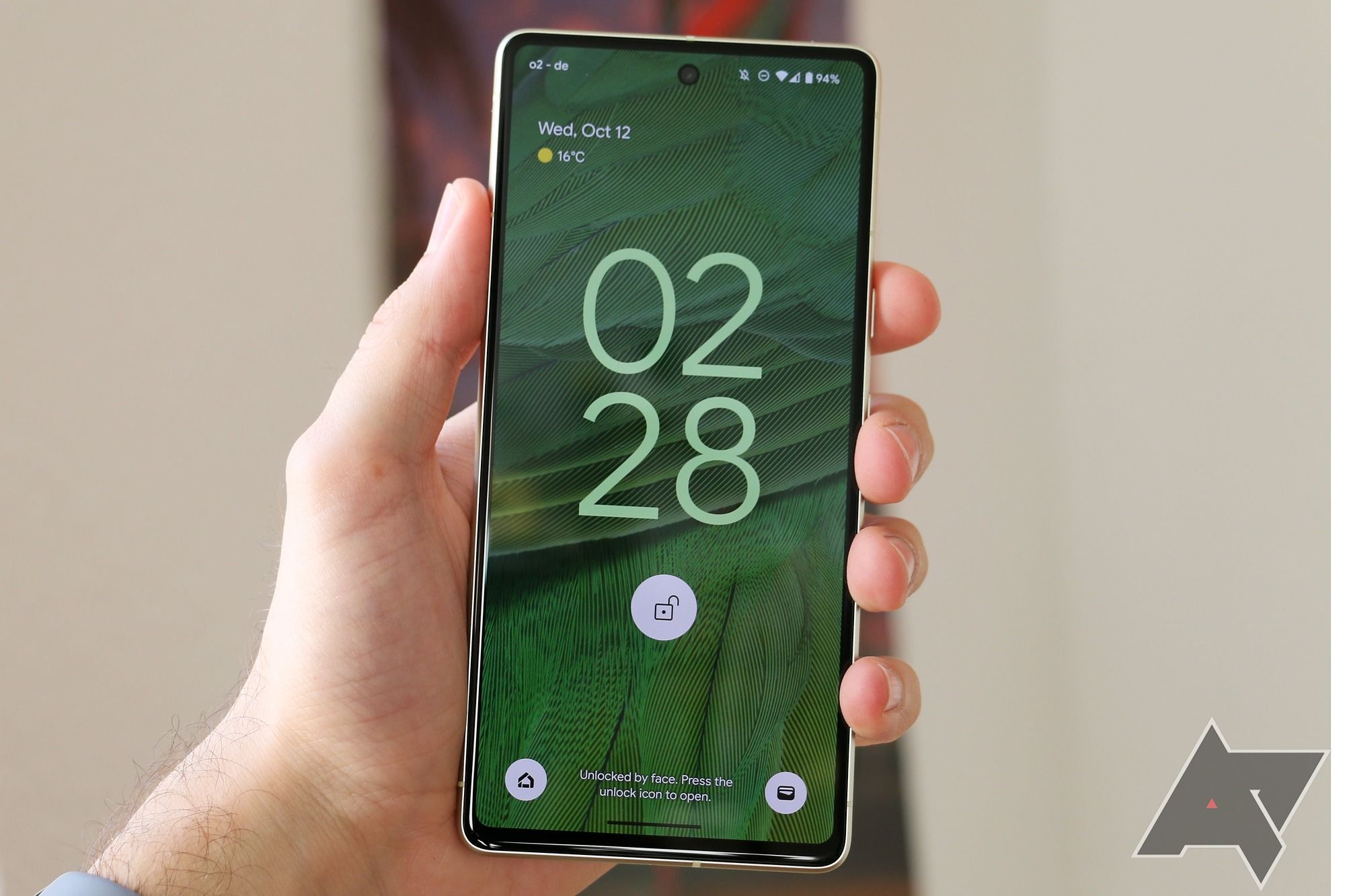Earlier this week, OnePlus caught the Android world by surprise when it announced a new device update schedule. Beginning next year, select smartphones will get four — count them, four — major OS upgrades, along with five years of security patches. It's excellent PR for a company, but unfortunately, the devil's in the details on this one. A closer look at the announcement proves OnePlus is still behind the times, albeit a half-step ahead of Google.
Limitations from the jump
Really, all of the problems OnePlus faces here boils down to specific limitations built into this policy, and it starts with devices. The company makes a lot of phones these days, especially compared to its earliest years of existence. In addition to its flagship lineup, there's the India-focused R-series, the China-focused Ace series, and an infinite stream of Nord phones that seem to arrive so often there's a new one every other month. That's so many devices, you probably didn't even notice that the R-series and Ace-series are, effectively, one and the same.
Despite this wide-reaching variety, OnePlus is only applying its new update commitment to "select" phones launching in 2023 and beyond. The company's choice of words — combined with its former rules applying exclusively to flagship phones — heavily implies that the Nord series is getting left behind entirely, presumably stuck on the previous iteration of this policy. Frankly, that's unacceptable. While it might sound unfair to hold OnePlus to its highest standards on all of its phones, we've seen Samsung and Google provide their own mid-range devices with years of support. There's plenty of space for improvement here, especially considering how good the Nord series is these days.
The OnePlus Nord N20, one of our favorite budgets phones of 2022, \will not see an update guarantee even close to this
It's all about timing
Let's talk frequency. On one hand, OnePlus is sticking with bimonthly patches, providing users with new versions every other month. Truly, there's no reason to skip updates, especially when mobile security and bug fixes alike are more vital than ever. OnePlus should be providing its fan base with regular patches, just as Google and Samsung do.
Likewise, there's plenty of reason to be concerned about the speed in which OnePlus can handle those OS upgrades. Credit where credit's due: its Android 13 rollout was pretty spectacular. The OnePlus 10 Pro received this year's update before any of Samsung's flagship phones, with the 9 series and 8 series all following throughout October and November (the OnePlus 10T did not receive its stable update until December). This speed was unlike anything the company managed throughout the last several years, even avoiding some of the bugs that plagued previous update cycles, but I'm not confident it'll stay that way.
Not exactly a revolutionary upgrade.
Anyone rocking a Pixel phone will be quick to tell you that Android 13, while certainly an excellent upgrade in its own right, didn't exactly reinvent smartphones as we know them. This was a "tock" year, cleaning up some of the mess left behind by Android 12 while focusing on behind-the-scenes changes like security and privacy. Whether OnePlus will be able to handle larger changes to the platform brought forth by future releases remains to be seen, and currently, I'm still unwilling to give its developers the benefit of the doubt.
And this is all putting aside the more controversial changes surrounding the current state of OxygenOS. While it has nothing to with this policy necessarily, the "Colorfication" of OxygenOS continues to shine through in its most recent iteration. Though the two platforms were never formally merged, their sharing of a codebase means we'll only continue to see more changes applied to the Android core, which means more time in development during each OS cycle.
A better-than-Google silver lining
That said, I don't want to come down too hard on the company. Despite these complaints — which, again, are in serious need of addressing — I think it's worth handing the overall changes a fair amount of praise. After all, with this move, OnePlus is, broadly speaking, beating Google at its own game.
Despite being a Google phone, the Pixel 7 will likely see fewer updates than next year's OnePlus 11.
While the frequency, stability, and timeliness of its updates need some serious work, four OS upgrades is one more than what Google itself provides the most recent lineup of Pixel phones. If anything, the new commitment OnePlus made this week should showcase that the company behind Android needs to gain some serious ground in this space. With Samsung and OnePlus now promising longer update lifespans, five years of security patches alone won't cut it anymore. Sure, frequency and device support remain top-notch in the world of Google. But Pixel owners deserve to have as many upgrades as anyone with a Galaxy S22 or, in just a few short months, a OnePlus 11.

.JPG)
.JPG)

